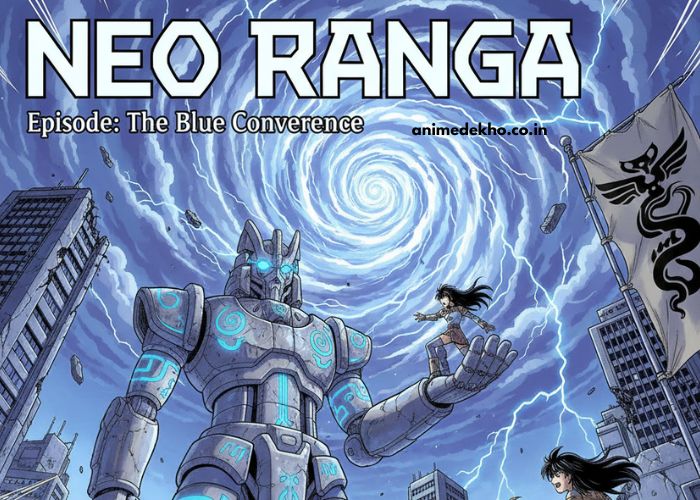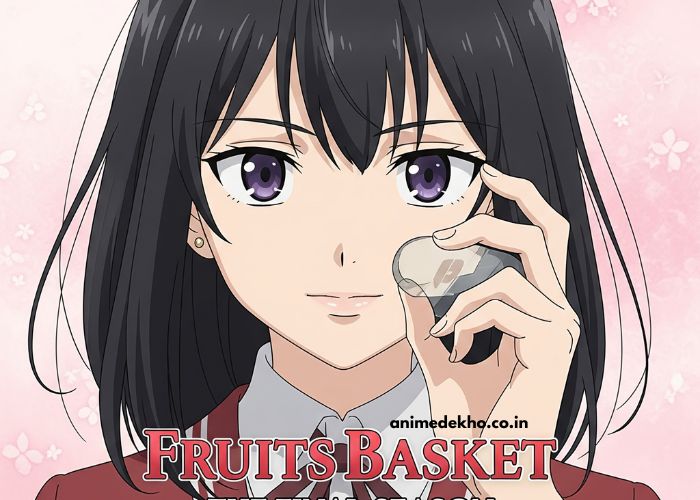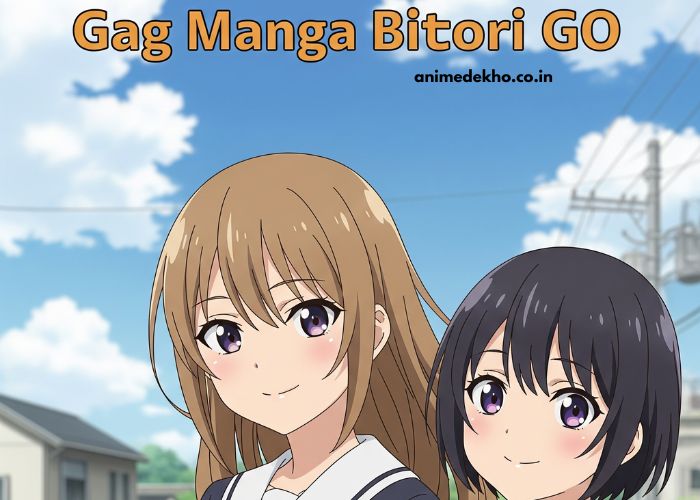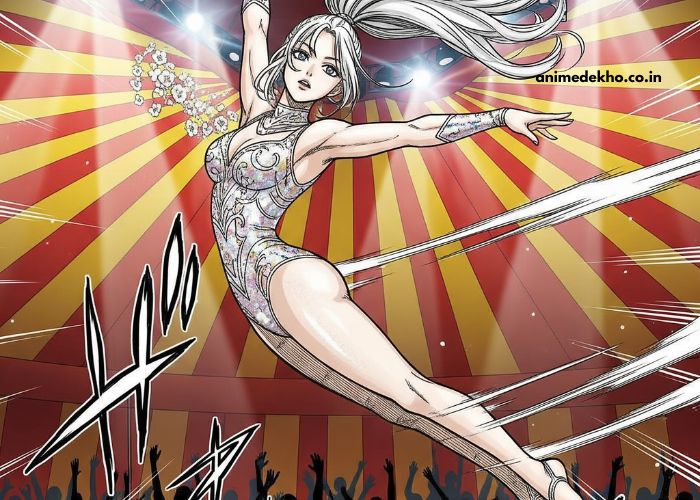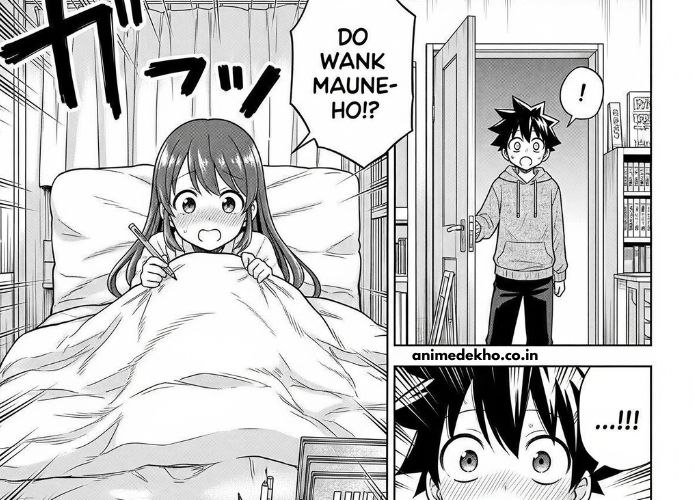Among the many forgotten gems of the late 1990s, Neo Ranga stands out as a unique fusion of supernatural fantasy, political drama, and emotional storytelling. Based on the original anime series created by Shō Aikawa and produced by Studio Pierrot, the Neo Ranga manga expands upon the world and characters that made the show memorable. Combining mythological elements with social commentary, this manga episode captures the essence of divine intervention in a modern world.
Plot Overview of Neo Ranga
The story follows the Shimabara sisters Ushio, Yuuhi, and Minami who suddenly inherit the island nation of Barou, a mysterious and tropical kingdom lost in time. The sisters soon learn that they are also connected to Neo Ranga, a massive, godlike creature who serves as the guardian deity of their people.
When Neo Ranga emerges from the sea and appears in modern Tokyo, chaos follows. The manga dives deep into the conflict between divinity and humanity, questioning what it truly means to wield godlike power in a world governed by human laws.
Through the lens of the sisters’ struggles, Neo Ranga explores complex themes of family, responsibility, and the impact of power on morality.
Characters and Their Emotional Depth
-
Ushio Shimabara: The youngest sister, known for her fierce independence and compassion. She represents the emotional core of the story, constantly torn between duty and freedom.
-
Yuuhi Shimabara: The middle sister, calm and rational, who often mediates between her siblings and the forces that surround them.
-
Minami Shimabara: The eldest, a realist who views Neo Ranga as both a gift and a curse. Her leadership decisions often carry the heaviest moral weight.
-
Neo Ranga: A colossal god-beast who symbolizes both destruction and protection, mirroring the duality of human nature itself.
Each character’s journey is filled with personal growth and inner conflict, making Neo Ranga far more than a typical fantasy story it’s a study of what happens when ordinary people are thrust into divine circumstances.
Symbolism
Neo Ranga beautifully balances mythological storytelling with real-world issues. The manga portrays divine power not as a blessing but as a burden that tests human values.
Key themes include:
-
Divine Responsibility: The burden of controlling Neo Ranga tests the sisters’ morality and leadership.
-
Societal Conflict: The story critiques media sensationalism, politics, and public reaction to unknown forces.
-
Family Bonds: The relationship among the sisters remains the emotional heart of the manga, grounding the story in humanity.
These layers make Neo Ranga more than an action-driven series it becomes a philosophical exploration of the human condition.
Art Style and Visual Appeal
The manga’s art complements its tone perfectly. The character designs are expressive yet grounded, while Neo Ranga’s design blends traditional divine aesthetics with mechanical realism. The use of shadows and sharp contrasts adds depth to the story’s darker moments, enhancing the tension between divinity and humanity.
Why You Should Read Neo Ranga
For fans of deep, thought-provoking stories, Neo Ranga offers something rare a perfect balance of fantasy and reality. It’s ideal for readers who appreciate complex characters, symbolic storytelling, and narratives that question moral boundaries.
Whether you’ve seen the anime or not, the manga version provides a fresh take, offering more internal dialogue, emotional development, and world-building.
Conclusion
Neo Ranga remains a hidden treasure in the world of 90s manga, delivering an unforgettable narrative that challenges our understanding of gods and humans alike. Its blend of divine mystery, family drama, and moral struggle continues to resonate with readers even today.
If you’re seeking a story that merges emotional depth with mythological grandeur, Neo Ranga is an essential read—one that reminds us how even divine power can’t escape the complexities of human emotion.

